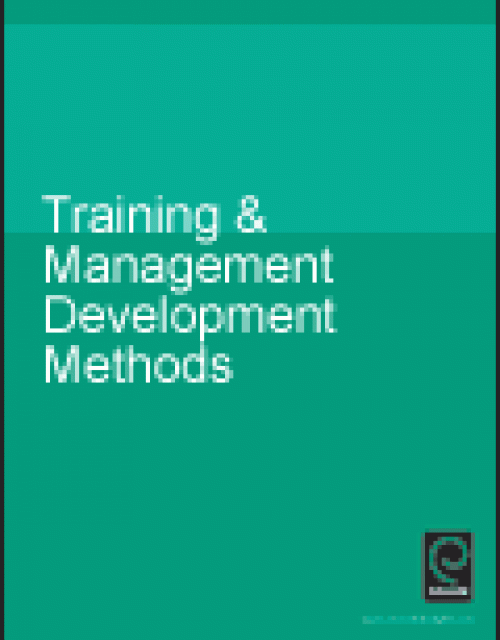Publication records
Subject(s)
Human resources management/organizational behavior
Journal Pages
86–90
Subject(s)
Information technology and systems; Strategy and general management
Journal Pages
50–53
Subject(s)
Economics, politics and business environment; Entrepreneurship; Ethics and social responsibility
Keyword(s)
migration, sustainable development, business, corporate responsibility, remittances
Volume
L
Journal Pages
22–25
Subject(s)
Human resources management/organizational behavior
Keyword(s)
executive development, case studies, leadership styles, learning methods
JEL Code(s)
M00
Argues that the developmental edge in leadership development is working towards bridging the “knowing-doing” gap through the use of enactments to thicken the learning from existing cases to surface differences between espoused theories and actual behaviors in order to get feedback from fellow learners and faculty.
Multiple enactments of difficult encounters in a case, like sports drills, build resilience, skills and repertoires for engaging with the increased levels of ambiguity and uncertainty in current business contexts. This practical method builds on an existing vast resource of cases to visceralize learning via enactments of tactics of effective and ineffective influence—in essence addressing the “knowing-doing gap.”
With permission of Emerald
Volume
27
Journal Pages
3.15–3.26
Subject(s)
Human resources management/organizational behavior
Keyword(s)
executive coaching
With permission of Emerald
Volume
27
Journal Pages
2.13–2.17
Subject(s)
Human resources management/organizational behavior
Keyword(s)
distributed teamwork, webinar, executive education
With permission of Emerald
Volume
27
Journal Pages
6.11–6.17
Subject(s)
Information technology and systems
Volume
35
Journal Pages
70–79
Subject(s)
Information technology and systems
Na tentativa de extrair informação da imensidão de dados hoje colhidos de fontes internas e externas, muitas empresas estão investindo pesado em ferramentas de TI e contratando cientistas de dados. A maioria, contudo, pena para conseguir um retorno digno do esforço. Isso porque estão abordando projetos de “big data” e analítica da mesma forma que abordam qualquer outro projeto de TI, sem perceber que são dois bichos completamente distintos.
Subject(s)
Strategy and general management
Keyword(s)
decision-making uncertainty, industrial market offerings, complex solutions, typology
Customer decision-making uncertainty (DMU) is a persistent phenomenon in
business-to-business markets. However, there is substantial variation in the
degree customers perceive DMU and hence suppliers should react to it. Based
on existing industrial buying typologies, this paper proposes a new classification
scheme to explain variance in customer DMU. To this end, market offering
complexity and co-creation are used as defining dimensions and four ideal types
of industrial market offerings are constructed. We show theoretically that DMU is
especially prevalent for complex solutions. The paper closes with guidance for
suppliers of industrial market offerings and an outlook for future research.
With permission of Emerald
Volume
25
Journal Pages
65–85


